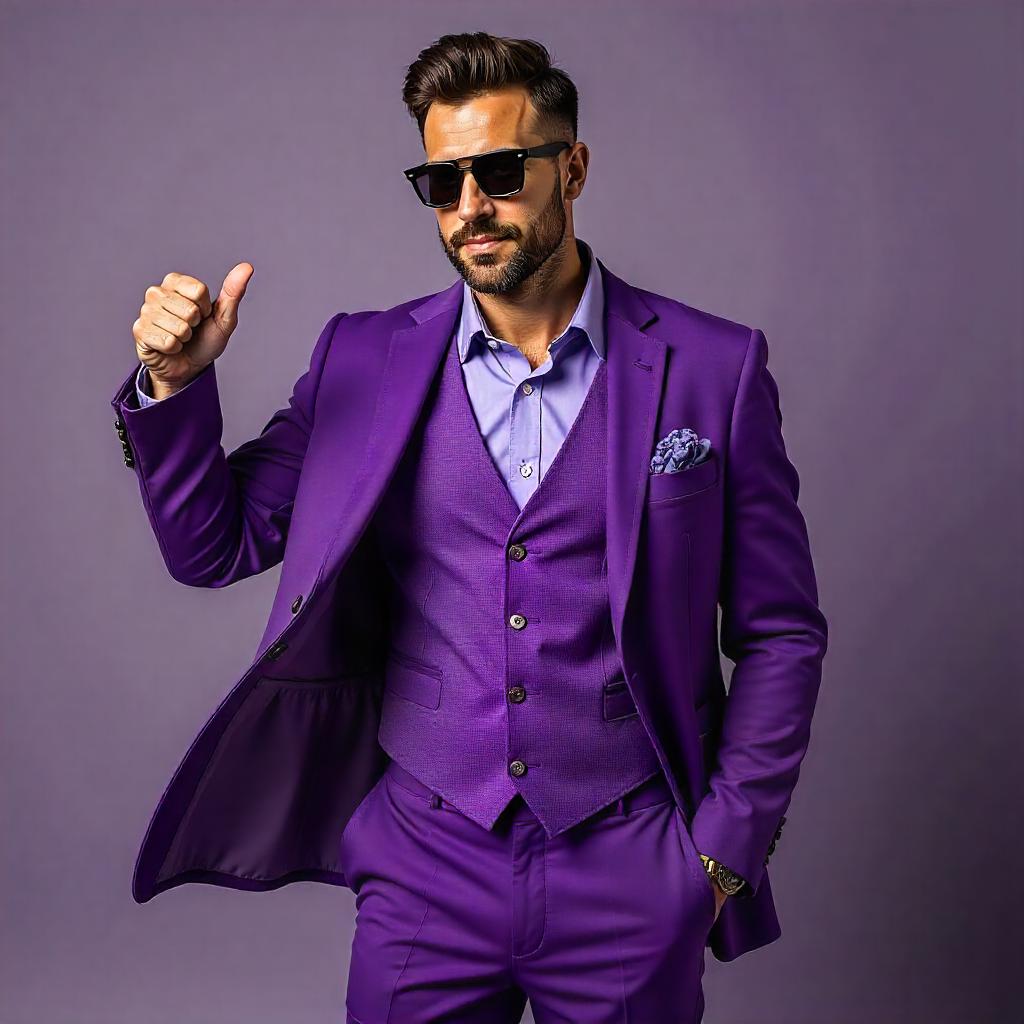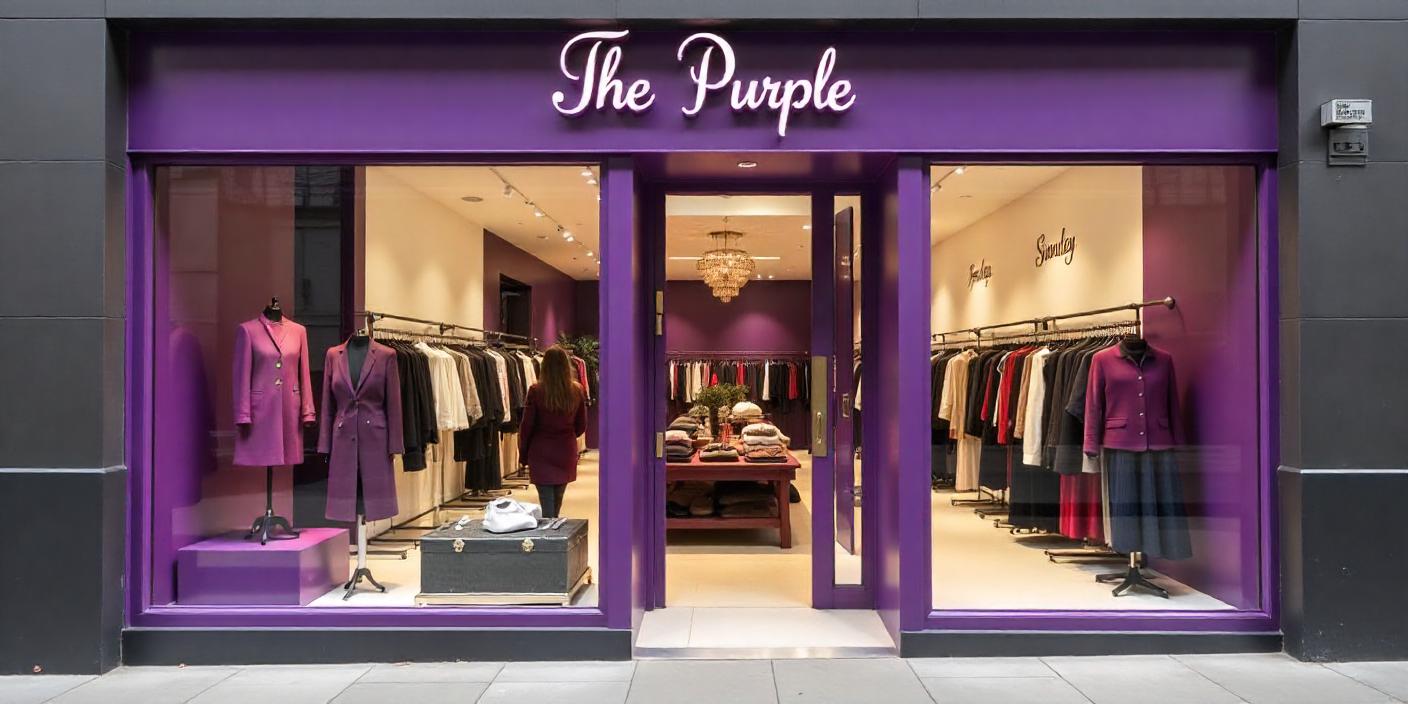Creating a website for boutiques clothing is not just a technical process, but an art that combines aesthetics, functionality and comfort for visitors. In today's world, where visual appeal and convenience play a huge role, every detail of the site becomes important. Let's look at the stages of creating an online platform that can emphasize your style. Tutorial on creating a website for a clothing boutique in Tashkent.
Understanding the boutique atmosphere
Work on the site begins with studying the boutique itself. What style prevails in it? What fabrics, colors and shapes form the basis of the range? To do this, it is useful to hold a meeting with the owners or representatives of the boutique, get acquainted with the collection and interior of the store. The task at this stage is to understand how the boutique conveys its values and mood to customers. These details will be implemented in the design. of the site.
Creating a structure
To make it easy for users to navigate the site, it is important to think about the convenient location of sections. A boutique's website usually includes the following pages::
- Main: first impression of the boutique. There should be vivid photos describing the store's style and brief information.
- Catalog: a section that presents clothing collections with filters by category, color, and material.
- About us: a story about the boutique, its history and inspiration.
- Contacts: address, phone number, location map, and feedback form.
Additionally, you can add a blog with fashion tips or a section with current promotions.

Design selection
The website design should be a harmonious reflection of the brand. For a clothing boutique, this means focusing on the visual component. The choice of fonts, color palettes, and photo design all play a huge role. For example, for a boutique with sophisticated clothing, you can use pastel colors and elegant fonts. If the store is aimed at young people, bright colors and bold graphic elements are suitable.
Working with photos
Clothing is primarily about visual perception. High-quality product photos are the main element of any boutique website. These can be images taken on models, in interiors, or on a plain background. Well-designed images with the possibility of magnification help the client to see the details of the fabric and tailoring.
Enabling technologies
After the visual part of the site is ready, you need to think about the technical side. The site must load quickly and display correctly on all devices, from computers to smartphones. It is important to set up a content management system so that the owner can independently add new products or change descriptions.

Completion, launch, and support
Search Engine optimization
To make your site visible in search results, it is important to take into account the SEO rules. This means using descriptive headlines, thoughtful product descriptions, and text that will be useful for users. For example, you can add style tips or tell us about the current season's trends.
Testing
Before launching, the site should be thoroughly checked. All links should work, photos should be uploaded, and feedback forms should send requests. It is also important to make sure that the site looks equally good on different devices and browsers.
Launch and support
After successful testing, the site is launched in the Internet space. The work doesn't end there. The boutique can regularly add new collections, post fashion tips, or share photos of events. Regular updates make the site relevant and attract new visitors.
Conclusion
At this stage, the creation of a website for a clothing boutique is complete, but it is worth continuing to actively maintain and improve it.








